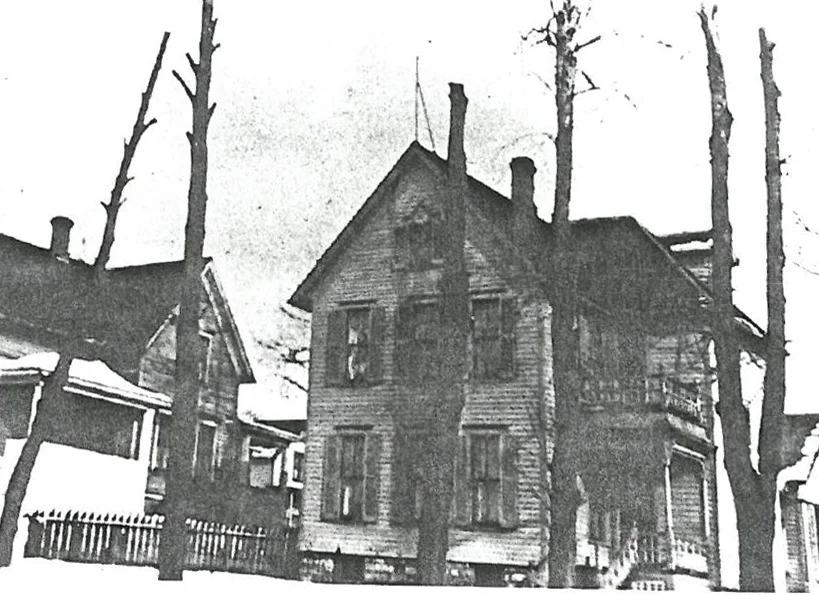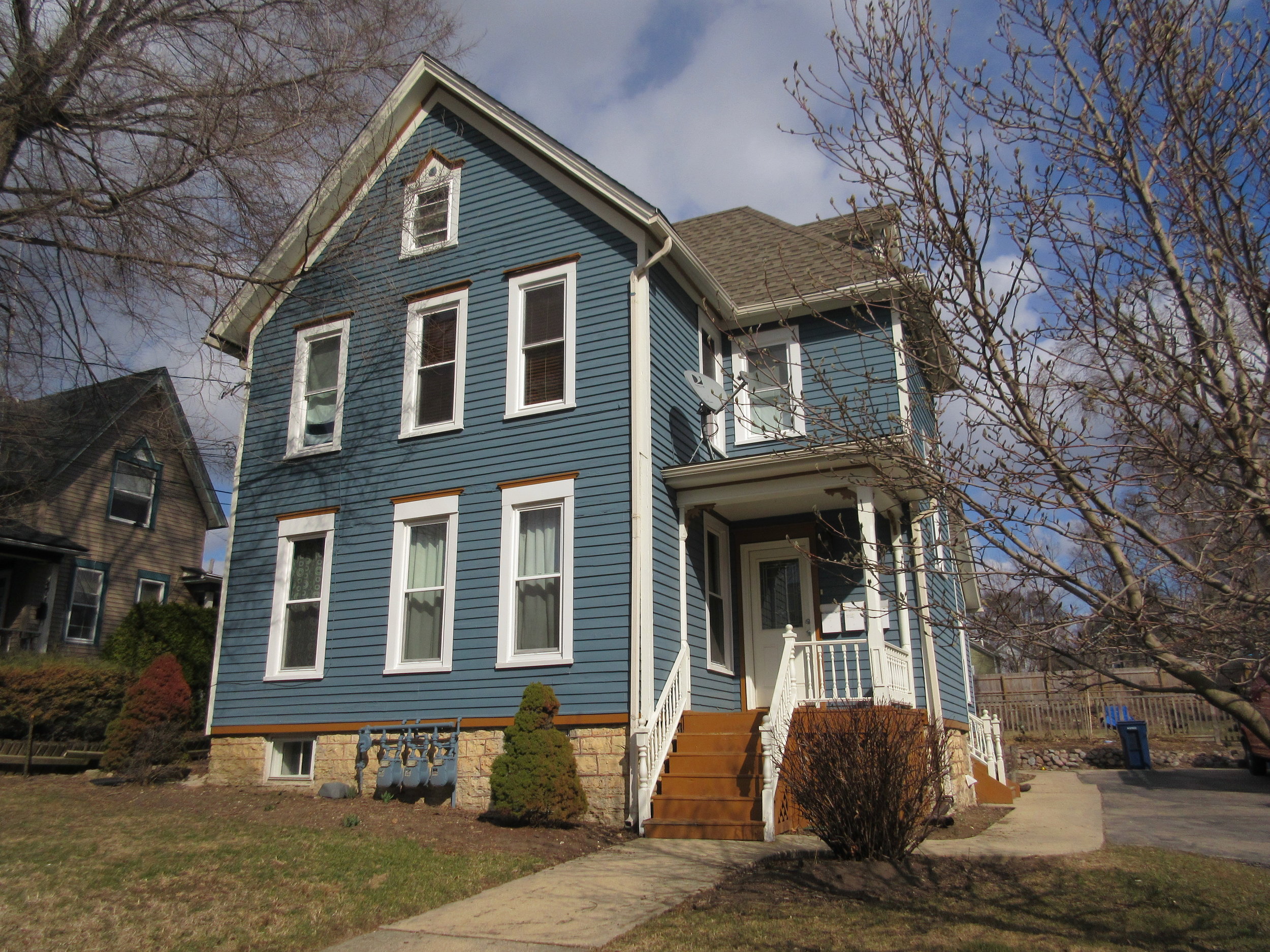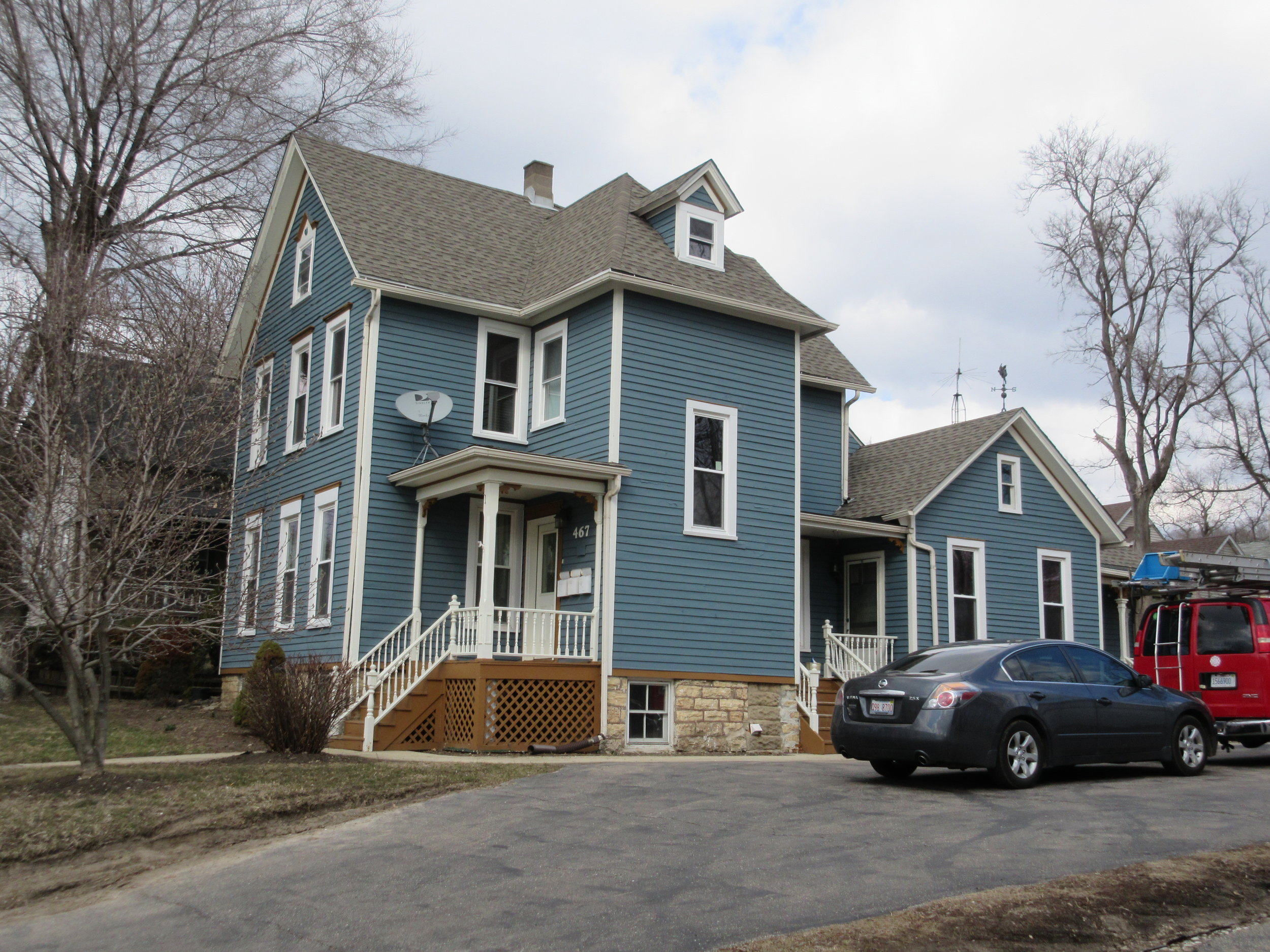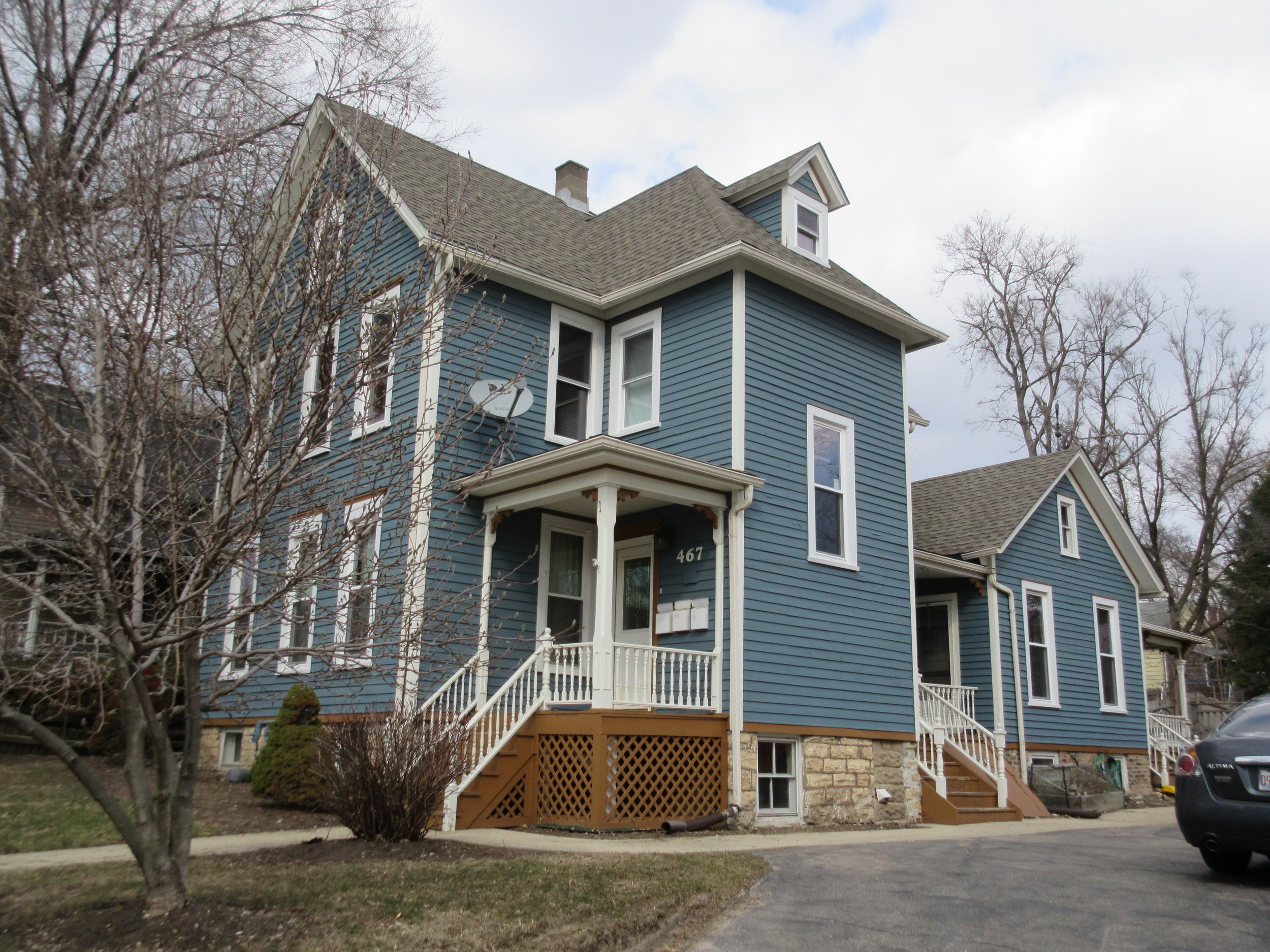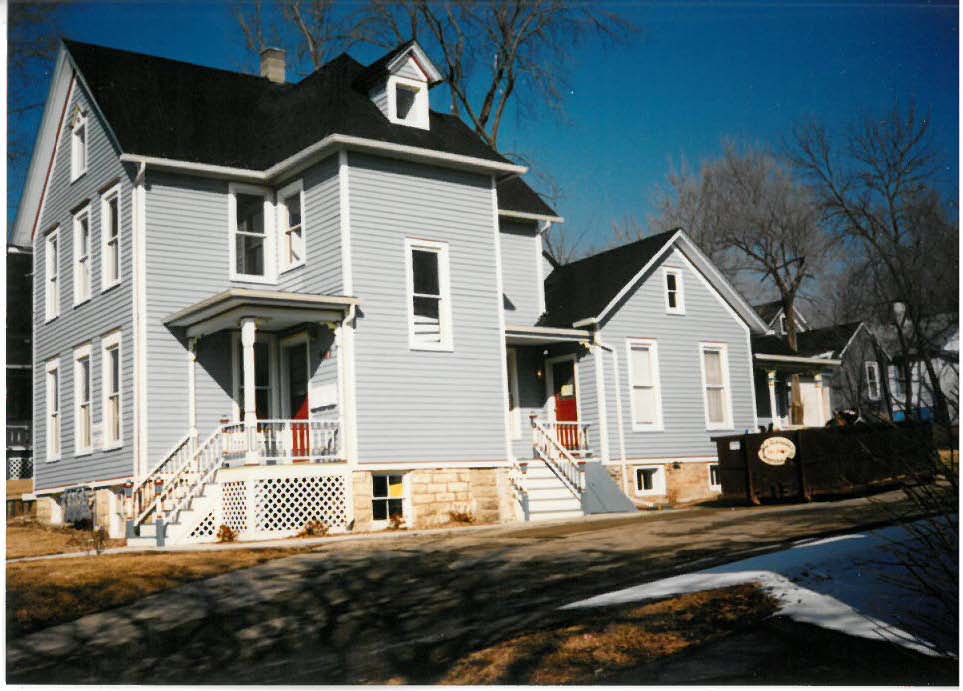467 N. GROVE AVENUE
HISTORIC SIGNIFICANCE
Elgin grew steadily following its establishment in 1835, however, with a financial depression that swept the country in the 1850s, followed by the Civil War in the 1860s, people were unsure about their futures. By the 1870s, things had settled down and financial security and confidence grew taking in the form of new businesses being started in Elgin including the watch factory. More business meant more workers and more workers meant more housing needs. A surprising number of houses were built in the 1860s through the 1880s in a section of land north of the burgeoning city.
William J. Ward and his wife, Mary, with their sons built a house on Brook Street. Ward owned a painting business and his sons worked with him. William passed away in 1879 leaving Mary a tract of land that they purchased in 1876. She used the land to build the home we see today at 467 N. Grove Avenue. She kept the property just a short while before selling to Gustav Sieber and his wife, Caroline. Gustav was a carpenter and stayed in the home until his death in 1926. His son, Henry, took over ownership of the home until selling it in 1943.
ARCHITECTURAL SIGNIFICANCE
467 N. Grove Avenue is a contributing structure to the significance of the neighborhood. It is a front-gabled home with a hipped roof ell on the south side and a single story, gabled roof ell on the east side. The west side or front has a small attic window with a gothic-style pediment (inverted v), and the second and first floors have three windows each with plain rectangular surrounds. The porch exhibits Italianate features including the pilasters at the corner plane of the house and ornate brackets at the eave line, square, chamfered supports that blend with rounded spindles in the railings. The rounded spindles on all the porches are Victorian in type and likely are replacements.
TIMELINE OF PREVIOUS OWNERS
Sources: 1996 Heritage Plaque Application; Audio: TextAloud
